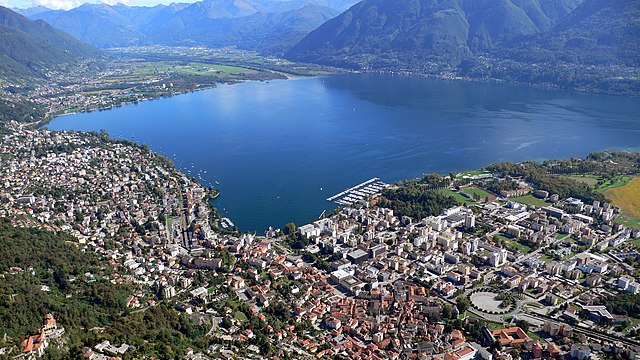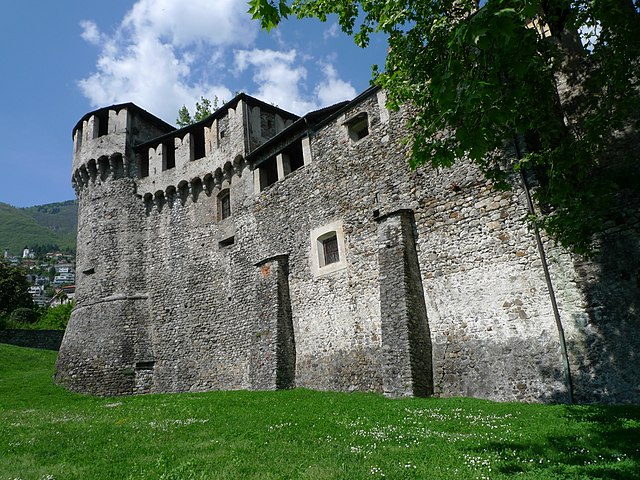The Locarno Treaties were seven agreements negotiated in Locarno, Switzerland, from 5 to 16 October 1925 and formally signed in London on 1 December, in which the First World War Western European Allied powers and the new states of Central and Eastern Europe sought to secure the post-war territorial settlement, in return for normalizing relations with the defeated German Reich. It also stated that Germany would never go to war with the other countries. Locarno divided borders in Europe into two categories: western, which were guaranteed by the Locarno Treaties, and eastern borders of Germany with Poland, which were open for revision.
From left to right, Gustav Stresemann, Austen Chamberlain and Aristide Briand during the Locarno negotiations
Autochrome of the Belgian delegation taken by Roger Dumas, 7 October 1925. Left to right: Henri Rolin, Joseph de Ruelle, Emile Vandervelde, Pierre van Zuylen and Ferdinand du Chastel
Locarno is a southern Swiss town and municipality in the district Locarno, located on the northern shore of Lake Maggiore at its northeastern tip in the canton of Ticino at the southern foot of the Swiss Alps. It has a population of about 16,000 (proper), and about 56,000 for the agglomeration of the same name including Ascona besides other municipalities.
Locarno
Harbor of Locarno. Trade along the lake allowed Locarno to flourish
Castello Visconteo
Vineyards above Locarno






